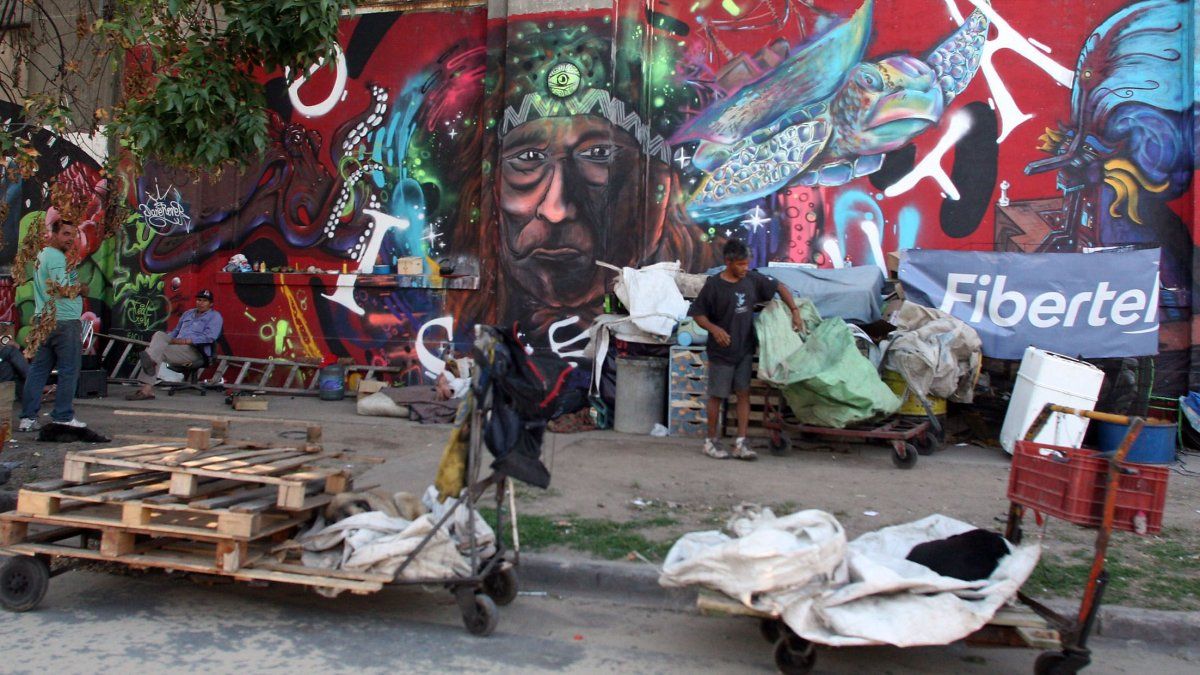Menu
affected 19.9% of the population
Categories
Most Read
European finances: EU auditors uncover irregularities worth billions
October 8, 2025
No Comments
Gustavo Weiss warned that US$25,000 million are lost per year due to the deterioration of infrastructure
October 8, 2025
No Comments
The IMF trusts that there will soon be decisions on financial aid to Argentina
October 8, 2025
No Comments
Construction improved 0.5% monthly in August, but remained at the same level as at the end of 2024
October 8, 2025
No Comments
The industry recorded a slight rebound in August after two consecutive sharp declines
October 8, 2025
No Comments
Latest Posts

Donald Trump confirmed the agreement between Israel and Hamas to exchange hostages for prisoners
October 8, 2025
No Comments
October 8, 2025 – 20:11 The agreement, which will be made official in Egypt, seeks to return 47 kidnapped by the paramilitary organization and release

Debt linked to artificial intelligence skyrocketed to $1.2 trillion and surpassed the banking sector
October 8, 2025
No Comments
October 8, 2025 – 20:09 Corporate issues linked to artificial intelligence already represent 14% of the high-quality debt market. Reuters The corporate debt linked to

What Miguel Ángel Russo died of: the cruel diagnosis by which he did not let himself be defeated
October 8, 2025
No Comments
The news shook Argentine football: Miguel Ángel Russo diedafter several years of fighting against a prostate cancer who had been diagnosed in 2017. The 69-year-old
24 Hours Worlds is a comprehensive source of instant world current affairs, offering up-to-the-minute coverage of breaking news and events from around the globe. With a team of experienced journalists and experts on hand 24/7.

